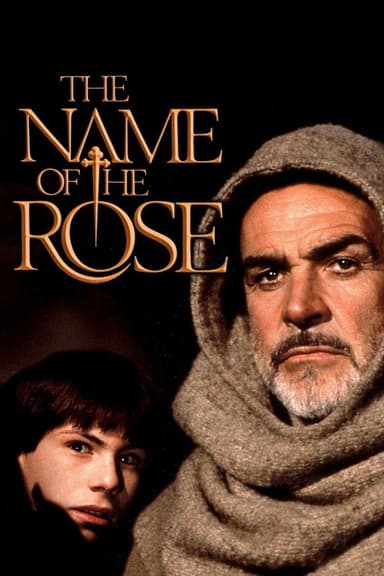
The Color Purple
1985 • Drama, History • PG-13
An epic tale spanning forty years in the life of Celie, an African-American woman living in the South who survives incredible abuse and bigotry. After Celie's abusive father marries her off to the equally debasing 'Mister' Albert Johnson, things go from bad to worse, leaving Celie to find companionship anywhere she can. She perseveres, holding on to her dream of one day being reunited with her sister in Africa.
Runtime: 2h 34m
Why you should read the novel
Alice Walker’s novel The Color Purple offers an intimate and deeply personal exploration of Celie’s journey, told in her own words through poignant letters. The novel presents a powerful atmosphere of voice, emotion, and internal struggle that draws readers directly into her world, granting unmatched empathy for her pain and growth. Reading the book allows you to experience the depth of every relationship and the transformation of each character in ways that simply can't be fully captured on screen.
The written format gives much more space for nuanced themes like spiritual growth, sisterhood, sexuality, and empowerment, delving into the complexities of each character’s thoughts. While the film highlights key events and moments, the novel exposes the subtleties of love, trauma, and redemption through richly developed inner lives.
Choosing to read The Color Purple opens up a world of literary artistry, intricate narrative layers, and emotional authenticity. The story’s profound messages resonate more deeply when you can sit with Celie’s words, understand her transformation, and witness firsthand the beauty of Alice Walker's exquisite prose.
Adaptation differences
One of the most significant differences between the film adaptation and the novel is the portrayal of Celie’s sexuality. The novel provides a frank and open depiction of Celie’s relationship with Shug Avery, highlighting their emotional and physical intimacy. The film, while acknowledging their bond, tones down the romantic and sexual elements, opting for a more ambiguous presentation of their connection to make it more palatable for mainstream audiences in the 1980s.
Another notable difference is the narrative perspective. Alice Walker’s book is written entirely in the first person, through Celie's letters addressed to God and later to her sister Nettie. This original format allows readers to experience Celie’s evolving consciousness directly and intimately. The film, however, uses a third-person cinematic approach, externalizing emotions and often using visual storytelling in place of Celie’s introspective voice.
The film also compresses and omits several subplots and characters due to time constraints. Complexities found in characters like Sofia and Shug, as well as Nettie’s lifepath in Africa, are simplified or lost. The book spends significant time with Nettie’s missionary letters from Africa, providing a global context and connections between African and African American experiences—elements the film only briefly touches on.
Lastly, the ending differs in both tone and content. The novel offers a more nuanced and gradual transformation for Celie, highlighting her ongoing personal growth and reconciliation with various figures in her life. The film opts for a more dramatic, uplifting reunion, streamlining the resolution for emotional impact but missing some of the subtlety and realism of Celie’s journey as written in Walker’s novel.
The Color Purple inspired from
The Color Purple
by Alice Walker










